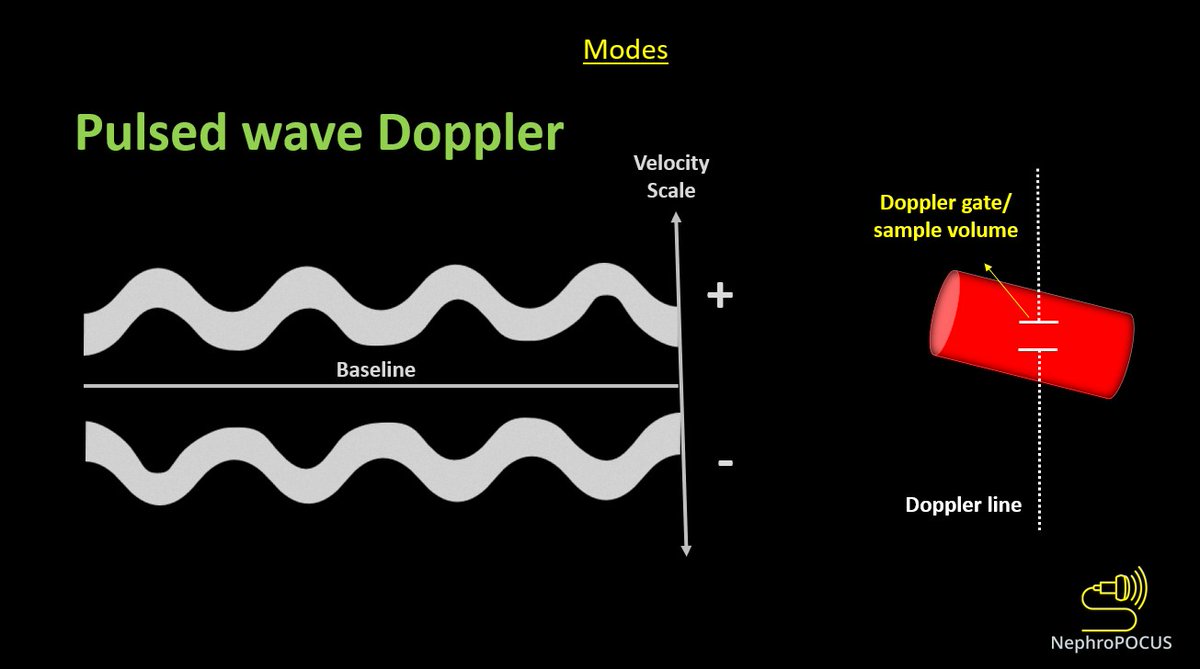
CVP waveform - a variant of #VExUS #POCUS
Tracings obtained from a 38-year-old female with severe aortic stenosis and mild pulmonary hypertension who underwent aortic valve replacement. What's the difference from pre to post-op?
Se thread for answer and source.
#MedEd
Tracings obtained from a 38-year-old female with severe aortic stenosis and mild pulmonary hypertension who underwent aortic valve replacement. What's the difference from pre to post-op?
Se thread for answer and source.
#MedEd

Any thoughts on this @khaycock2
pitfalls, ability to use as a surrogate for HVD 🤔
pitfalls, ability to use as a surrogate for HVD 🤔
• • •
Missing some Tweet in this thread? You can try to
force a refresh











